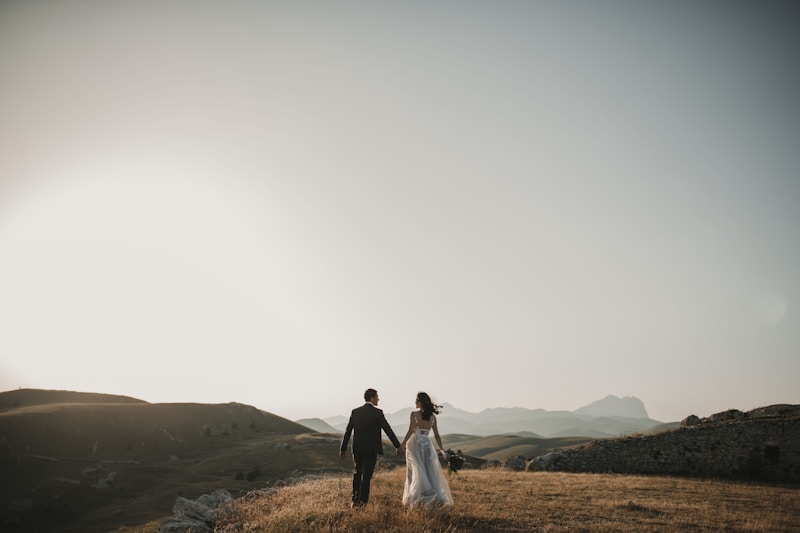The Allure of Traditional Wedding Dresses
Weddings are remarkable events, filled with rich traditions and profound symbolism. Among the various elements that define a wedding, the attire plays a pivotal role, particularly for brides. The allure of traditional wedding dresses transcends cultural boundaries, resonating with timelessness and elegance. In this article, we will explore the captivating world of traditional wedding dresses, their significance, and why they continue to charm brides around the globe.
Understanding Traditional Wedding Dresses
Traditional wedding dresses often reflect the cultural heritage of the bride. These dresses are not merely garments; they embody the values, history, and aesthetics of their communities. Each dress tells a story, often passed down through generations. From the intricate embroidery to the specific colors used, every detail has a purpose.
| Culture | Style | Color | Significance |
| Chinese | Qipao | Red | Good fortune and happiness |
| Indian | Lehenga | Typically Red or Pink | Love and prosperity |
| Scottish | Kilt | Varies based on tartan | Family heritage |
As illustrated in the table, traditional wedding dresses vary significantly across cultures. The colors and styles not only signify beauty but also communicate deeper meanings related to the traditions they represent.
The Trends Shaping Traditional Wedding Dresses
While traditional wedding dresses remain rooted in culture, they also evolve with the times. Many modern brides seek a blend of tradition and contemporary fashion, leading to innovative designs that honor their heritage while embracing new trends. Designers worldwide are now creating traditional wedding dresses that incorporate modern fabrics, cuts, and embellishments.
Innovative Fabric ChoicesModern brides are now opting for fabrics like chiffon, tulle, and lace, which offer a lighter feel compared to the heavier materials commonly used in traditional dresses. This evolution not only enhances comfort but also adds a contemporary twist to classic designs.
Sustainable ChoicesAs awareness about sustainability grows, many brides are now looking for eco-friendly options when choosing their wedding dresses. This shift has led to an increase in designers who specialize in sustainable fabrics, allowing brides to honor their traditions while being mindful of the environment.
Popular Styles Around the World
The following sections will delve deeper into some of the most popular traditional wedding dress styles from different cultures.
Chinese Qipao
The Qipao, also known as Cheongsam, is a figure-hugging dress that originated in China. Traditionally made from silk and featuring intricate embroidery, Qipaos are often red, symbolizing prosperity and good luck. Modern interpretations may include varied colors and patterns, allowing brides to express their individuality while honoring cultural roots.
Indian Lehenga
The Lehenga is a three-piece ensemble that includes a skirt, blouse, and dupatta. This vibrant attire, predominantly in red and pink, symbolizes love and marital bliss. Brides often decorate their lehengas with intricate embellishments and traditional motifs, making it a centerpiece of the wedding celebration.
Scottish Kilt
In Scotland, the Kilt serves as a traditional wedding outfit for grooms. Typically made from wool tartan fabric, the color and pattern of the kilt represent the wearer’s family heritage. The inclusion of a kilt in a Scottish wedding is a powerful symbol of pride and ancestry.

The Emotional Connection
Choosing a traditional wedding dress can be an emotional journey for many brides. Often, these dresses are linked to family history, eliciting feelings of nostalgia and pride. Sometimes brides wear dresses that belonged to their mothers or grandmothers, creating connections across generations. This practice not only honors their lineage but also brings an added significance to their special day.
Tips for Choosing Your Traditional Wedding Dress
When selecting a traditional wedding dress, brides should consider several factors to ensure their choice aligns with their personality and the significance they wish to convey.
1. Research Your OptionsUnderstanding the different styles and their meanings is crucial. Research various cultures and their traditional wedding dresses to find one that resonates with you. You might discover an unexpected style that perfectly reflects your heritage!
2. Consider Personal ComfortWhile tradition is important, personal comfort should not be overlooked. Make sure you can move freely, sit down, and enjoy your wedding day without feeling restricted by your dress.
3. Sustainability MattersPrioritize sustainability by looking for eco-friendly designers or considering pre-owned options. This choice not only benefits the environment but also adds a unique flair to your attire.
4. Consult FamilyInvolve family members in your decision-making process. They might offer valuable insights or traditions that you may want to incorporate into your wedding attire.
Conclusion
The allure of traditional wedding dresses lies not only in their aesthetic beauty but also in their deep-rooted cultural significance. As brides around the world continue to celebrate their heritage through these garments, they bridge generational gaps and create connections that span lifetimes. Whether choosing a Qipao, Lehenga, or Kilt, the emotional and cultural narratives woven into traditional wedding dresses ensure that they will remain timeless treasures in the hearts of brides and families alike.
Embrace the journey of selecting your traditional wedding dress, keeping in mind the importance of comfort, sustainability, and the emotional connections these garments hold. Ultimately, your choice should reflect not only the cultural traditions you cherish but also your unique identity as you embark on this beautiful new chapter of life.